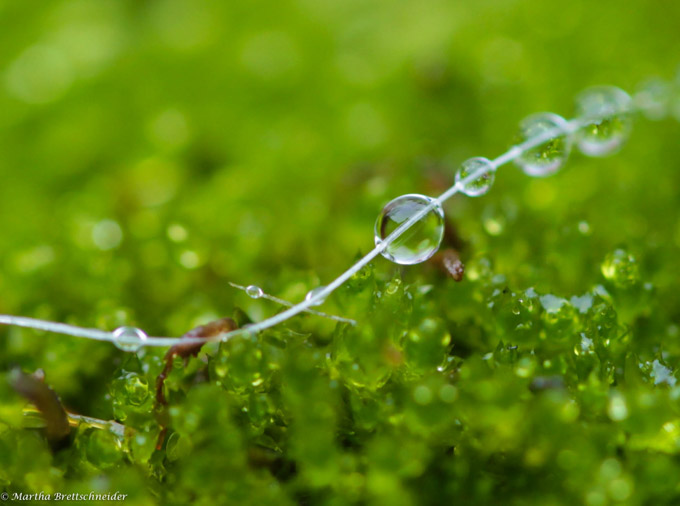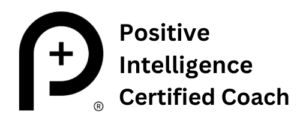Jon Kabat-Zinn, founder of the Mindfulness-Based Stress Reduction Program at the University of Massachusetts Medical School, defines mindfulness as “paying attention in a particular way; On purpose, in the present moment, and nonjudgmentally.”
In his book Waking Up: A Guide to Spirituality Without Religion (affiliate), Sam Harris explains that the word mindfulness is a translation of the Pali word sati. In Buddhist literature sati has many meanings, but Harris narrows the definition down to “clear awareness.”
Andy Puddicombe, the former Buddhist monk who cofounded the digital mindfulness program Headspace.com, defines mindfulness as “the intention to be present in the here and now, fully engaged in whatever is happening, free from distraction or judgment, with a soft and open mind. Meditation is the simple exercise to familiarize oneself with the qualities of mindfulness.”
The concept is pretty straightforward. Mindfulness is the practice of paying attention to the present moment and observing one’s thoughts nonjudgmentally, without getting carried away by past or future stories.
Mindfulness means recognizing that the most important time of our lives is this very moment, and bringing our full attention to now.
But what’s the big deal?
It seems that everywhere we look these days, references to the benefits of mindfulness are popping up in traditional media, on book stands, on social media platforms.
Why all the hype about this buzzword?
Neuroscientists will point you to the growing body of research on the benefits of mindfulness meditation, including lower stress and anxiety levels, increased creativity, improved focus, and stronger immune function.
At a more basic level, though, the really big deal about mindfulness is that it reduces suffering, plain and simple.
I’m speaking from direct experience.
I spent most of my life focused on my future. When life took unexpected turns, I resisted and resented whatever hadn’t been part of my plan. But I didn’t even recognize this as suffering. Stress and discontent were normal, not only for me but for everyone else I knew.
Though I didn’t understand why, the only time I felt at peace was when I was gardening. When I was in contact with the soil, engaging all of my senses in the work at hand, my stress melted away. The incessant voice in my head that told me I should be somewhere else, achieving something bigger, dissolved.
My garden was my first mindfulness mentor, though I wouldn’t recognize this until years later.
In 2009, I was diagnosed with breast cancer (definitely not part of my plan).
As I was recovering from my mastectomy, I stumbled quite by accident on Eckhart Tolle’s teachings about present moment awareness. The revelation that the stress-inducing thoughts in my head weren’t really “me”—and could even be ignored—was life-changing.
From that point on, I immersed myself in the theory and practice of mindfulness. Honing these techniques has enabled me to expand the internal stillness I experience in the garden to the rest of my daily life.
Meditation is just one of many tools in my box of mindfulness practices.
Photography has evolved into another mindfulness outlet for me. Taking time to slow down and look closely at nature’s tiny details brings the beauty of our world as experienced in the present moment into full focus. My nature images are meditations in and of themselves.
You may have your own mindfulness mentor and not even realize it.
Whatever it is that engages your senses, quiets your mind, and brings your attention to the here and now, that’s your mindfulness mentor. It could be painting, writing, photography, or jewelry making. It could be horseback riding, scuba diving, running, walking in the woods, or simply sitting on a park bench and watching the clouds roll by.
Mindfulness mentors introduce us to the difference between a calm mind and a chaotic mind. They teach us that a calm mind is a contented mind. And once you’ve experienced a calm, contented mind, you recognize that a chaotic mind is a suffering mind.
The next step is training the mind to recognize which thoughts deserve our attention, and which we should simply let float away. Thoughts that bully us, tell us we’re not good enough, not talented enough, not “doing” enough, not important enough, just don’t serve us. Thoughts that stir up drama and discontent sap our energy and impede happiness.
By letting go of what I call the crazy-making thoughts, we create space for productive, purposeful ideas that stem from our hearts. Thoughts that bubble up from the stillness of a quiet mind and open heart show us what action we can take in the present moment to achieve our goals, improve our relationships, and nurture our mind, body, and spirit wellness.
As a former international economist, I’ve found it to be a pretty efficient way to live my life.
I hope you’ll join me as I continue to explore the beneficial influence of mindfulness in everyday life. If my journey can inspire you to embark on your own mindful path to less suffering, then I will have achieved my goal.
If you are not yet a subscriber, sign up for my list today and receive my free ebook Six Playfully Mindful Strategies to Beat Procrastination and Boost Productivity. Joining ensures that you’ll receive my weekly posts and book launch updates.
And if you know someone else who might benefit from a little mindfulness, please spread the word! Social media likes and shares are always appreciated as well.
From time to time I use affiliate links in my posts. Sales via these links provide a small commission, but I only include affiliates that I have tested out myself and believe will benefit my readers. Each will be noted in the post for full disclosure.
Finally, if you find typos anywhere on my site, I’d be grateful if you let me know. I hate typos! Contact me at info@marthabrettschneider.com so that I can correct the error. Thank you! ~ Martha



